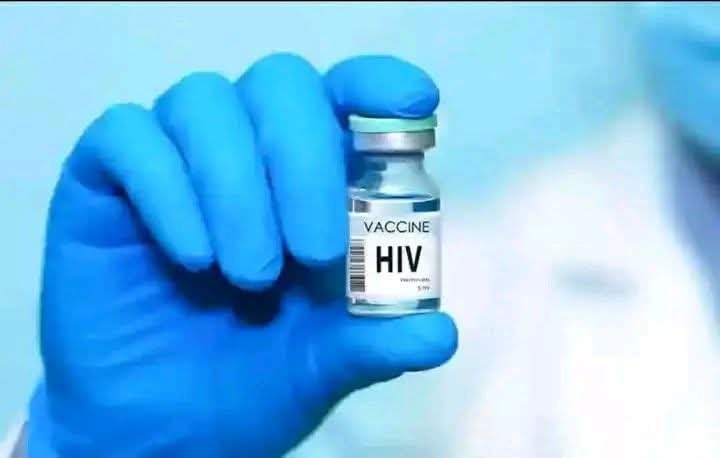Researchers in Australia have discovered technology to make viruses visible in white blood cells using mRNA, a breakthrough that could lead to a cure for HIV.
Researchers at Peter Doherty Institute for Infection and Immunity in Melbourne figured out how to get HIV-detecting forms of mRNA into cells donated by HIV patients, according to LGBTQ Nation. Scientists wrapped the mRNA in a coat of lipid nanoparticles, a technique that was first used to create COVID-19 vaccines.
Today, almost 40 million people with HIV must take medication for the rest of their lives. Statistics from UNAids suggested that in 2023, one person died of HIV every minute.
HIV has the ability to hide itself inside some white blood cells, which has made the road to discovering a cure all the more challenging, according to The Guardian. “It means there is a reservoir of HIV in the body, capable of reactivation, that neither the immune system nor drugs can tackle.”
With new methods, the mRNA enters the cell and attaches itself to HIV within infected cells, allowing scientists to more easily locate the virus.
HIV mutates quickly, which has historically led to a large number of variant strains. This phenomena makes it more difficult to develop one cure to fight all variants, but this breakthrough has proven effective in combating multiple variants.
This mRNA technology is not a completely new concept. It first came about during the pandemic, when Moderna and Pfizer/BioNTech used it to make COVID vaccines. The current study was done on cells donated by HIV patients.
Dr. Paula Cevaal, one of researchers at Peter Doherty said of the breakthrough: “We have never seen anything close to as good as what we are seeing, in terms of how well we are able to reveal this virus.”
Treatments for HIV have come a long way; from daily preventative injections to once yearly injections, to a potential cure. However, more research and testing will need to be done before any vaccine can be administered to the public.


